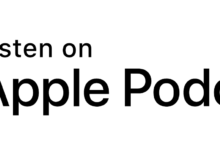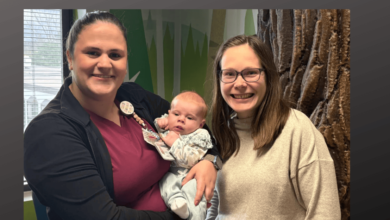Midwifery academics produce guide on gender inclusivity

Researchers have proposed new guidance for midwifery and perinatal leaders who wish to make their services more inclusive of transgender and non-binary patients.
The guidance, published this month in the journal Birth and authored by midwives and midwifery students among others, is focused on the use of gender-inclusive language.
“They have to decide between do I want to be my true self, or do I want reproductive care”
Sally Pezaro
It puts forward alternative terms that the authors of the guidance said could be used to make clear that services are available to anyone who is pregnant, not just those who identify as women.
For example, it suggests using terms such as ‘pregnant people’, ‘service users’ or ‘expectant parents’ when referring to people accessing the service instead of ‘mothers’ or ‘women’.
It further advocates that the word ‘parental’ could be used in place of ‘maternal’, and that ‘perinatal’ or ‘reproductive health’ services would be a more inclusive way to describe maternity services.
The guidance also recommends that people who access reproductive services should be asked their names, pronouns and what parenting terms they prefer, rather than having their gender assumed.
The guidance comes as the issue of gender-inclusive language in the NHS and where to treat transgender patients in hospitals have been the subject of public and political debate.
Steve Barclay, while health secretary, pushed back against the adoption of gender-inclusive language on NHS websites at the Conservative Conference in October 2023.
He revealed at the conference that sex-specific language had been restored to online NHS advice pages to avoid “confusing and unclear” information.
In addition, in April this year the government proposed that transgender women should not be put on single-sex female NHS wards, as part of a raft of changes to the NHS Constitution for England.
Meanwhile, Labour leader Sir Keir Starmer suggested earlier this month in an LBC radio interview that trans women use hospital side rooms instead of women’s wards.
Dr Sally Pezaro, midwife and researcher at the Research Centre for Healthcare and Communities at Coventry University, is lead author of the new guidance on gender-inclusive language in midwifery and perinatal care.
She said: “The recommendations we set out are for high-level service populations where it’s really important that no one gender or group is centred above another, because that is the very definition of inequality.”
She said changing the woman-centred language commonly used in midwifery would better reflect the fact that it is not just those who identify as women who can give birth.
“The big problem is in calling it ‘women’s services’. It’s inaccurate for a start because not all people who use it will be women,” she told Nursing Times.
“The reality is that a variety of people give birth if they have the organs in situ to be able to do that,” she noted.
She added that the failure of most perinatal and midwifery services to be more gender-inclusive meant that the numbers of trans and non-binary people who accessed these services was unknown.
“They have to decide between do I want to be my true self, or do I want reproductive care, because you can’t have both at the moment,” Dr Pezaro said.
“So, a lot of people won’t even admit to being trans while they’re having their babies for fear that they won’t get the care they need.”
She added that work to make midwifery more inclusive would “not happen overnight” and pushback was to be expected, but it was part of a move toward greater equality, diversity and inclusion across the NHS.
“I’m not saying this is going to be easy or that this is going to be done in a day. There are legitimate challenges that need to be overcome, but they shouldn’t stop us going in this direction,” she said.







